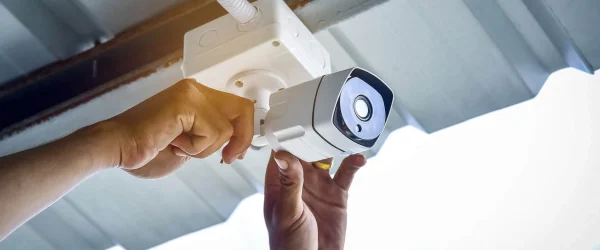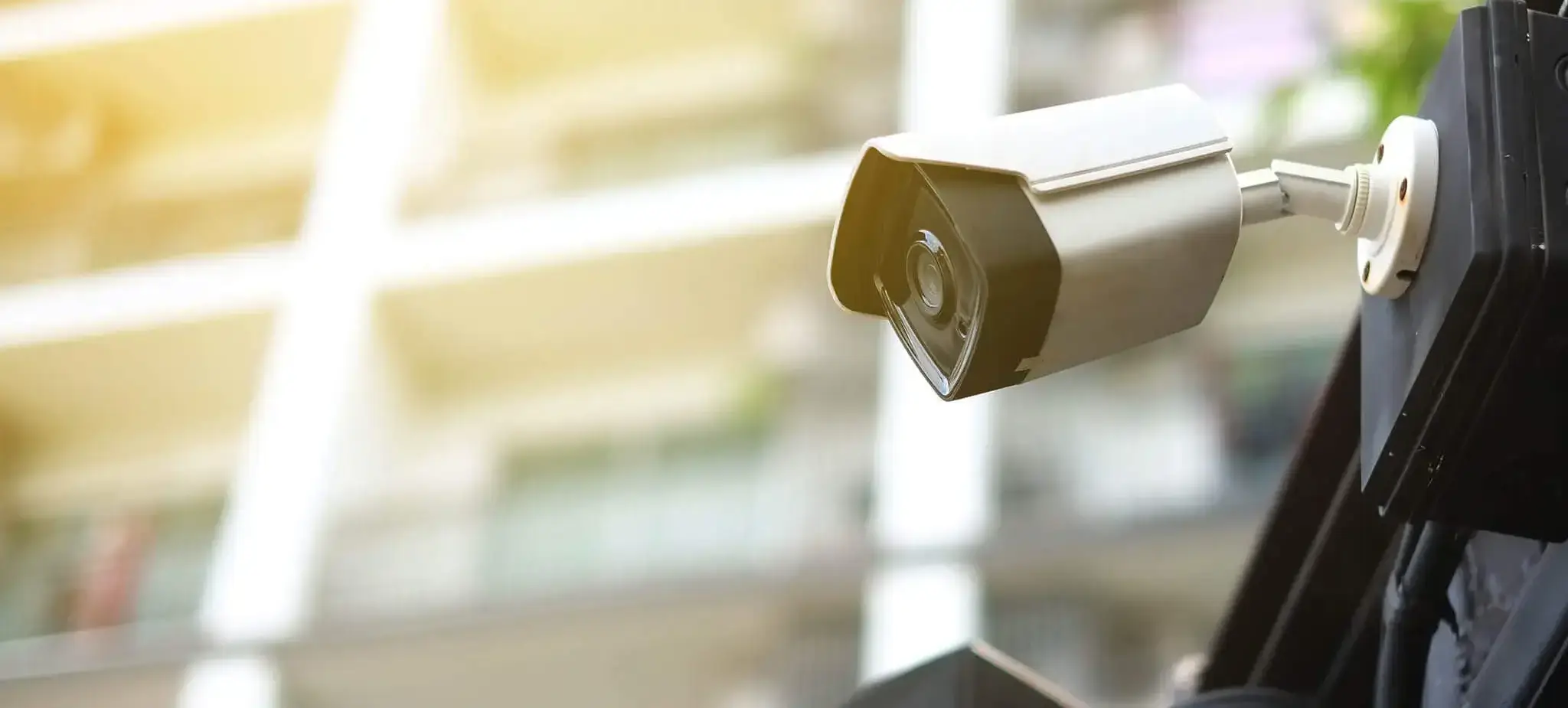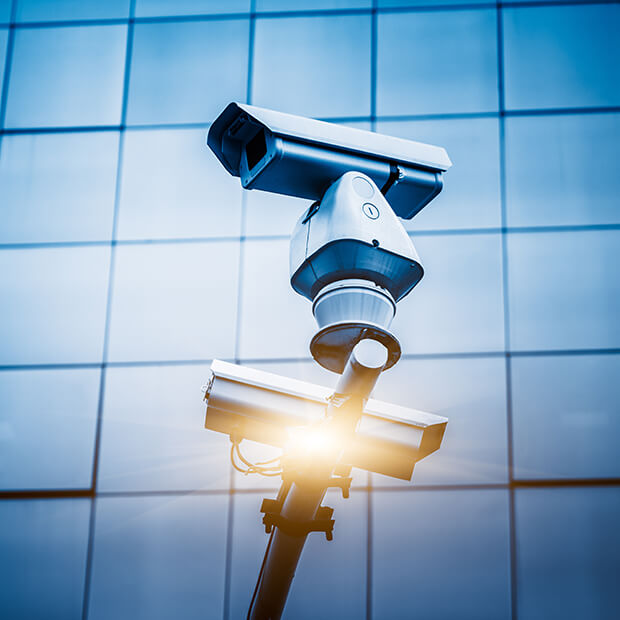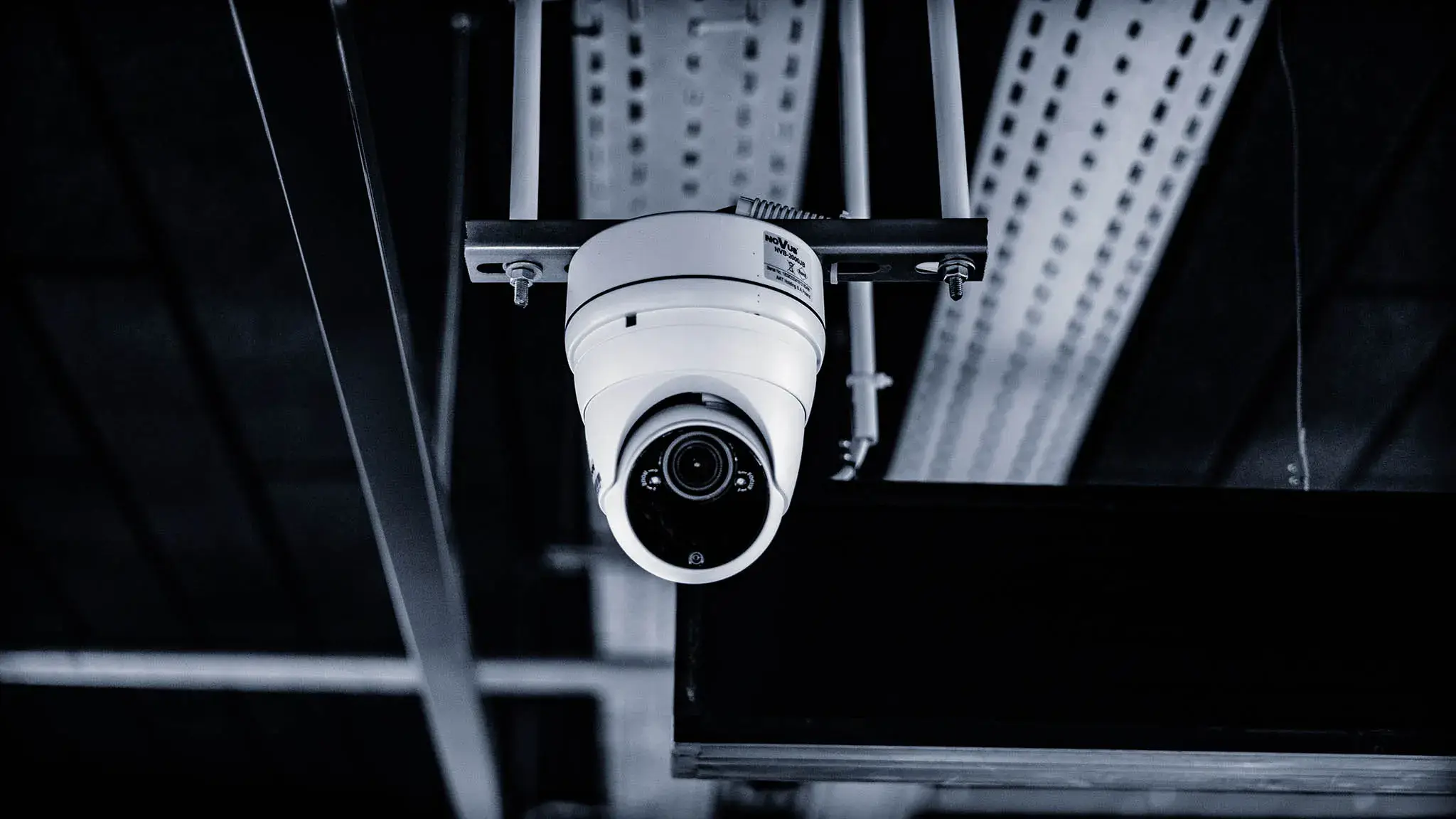In an age where security threats are becoming more complex, ensuring the safety of your business, home, or industrial facility is essential. One of the most effective ways to achieve this is by installing a CCTV system (Closed-Circuit Television). A well-configured CCTV system serves as a deterrent to criminal activity, assists in monitoring operations, and provides valuable evidence in the event of a security breach. However, to get the most out of your surveillance system, proper CCTV system setup and maintenance are crucial.This article will explore the critical aspects of setting up a CCTV system, common mistakes to avoid, the importance of ongoing maintenance, and how to ensure your system runs smoothly for years to come.
Installing a CCTV system isn’t as simple as placing cameras at random locations around your premises. The effectiveness of your system depends on strategic planning and correct installation. Below are the primary reasons why a well-planned setup is crucial:

The purpose of a CCTV system is to provide comprehensive coverage of the areas you want to monitor. A poor setup can leave vulnerable blind spots, rendering parts of your premises unmonitored. By planning your setup, you ensure that critical areas such as entrances, exits, storage rooms, and parking lots are adequately covered.
CCTV systems act as a powerful deterrent against crime. However, they must be visible and positioned strategically to serve this purpose. A camera installed at a well-lit, easily visible location, such as the main entrance, is more likely to deter potential criminals than one that is hidden or poorly placed.
An efficient CCTV system provides real-time monitoring, enabling a rapid response to incidents. For this reason, the system needs to be installed and configured in such a way that authorized personnel can quickly access live footage, whether on-site or remotely.
To ensure your CCTV system is properly installed and configured, here are the key steps to follow:




